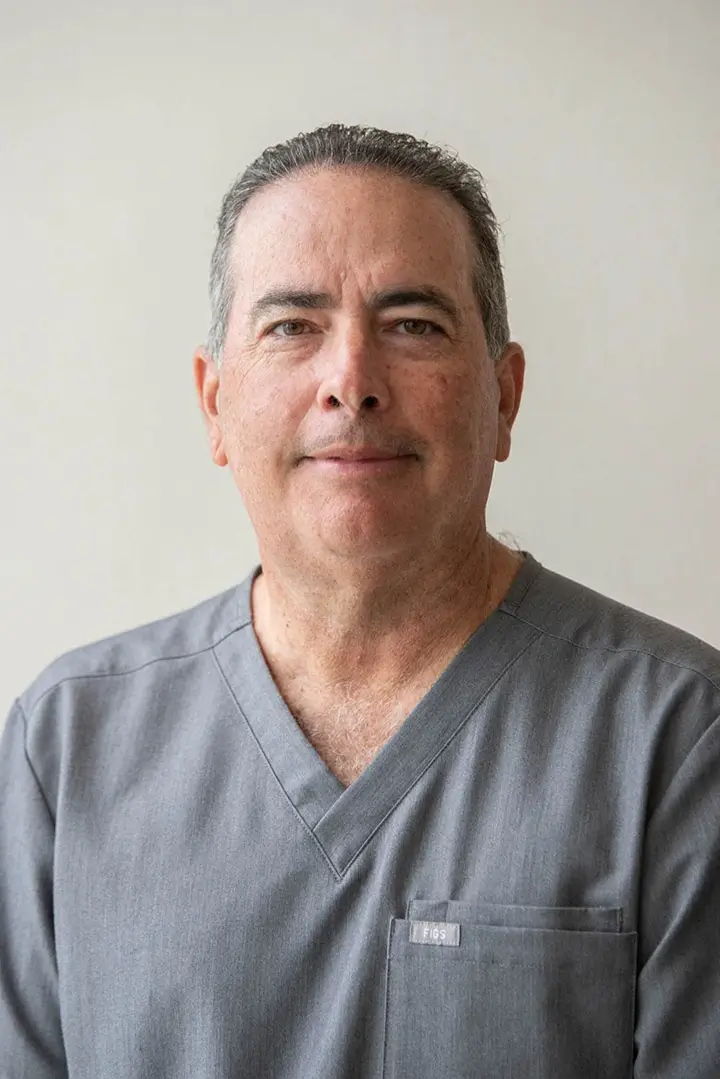Responsible for producing the almost bursting biceps of body builders and the wash board abs of fitness fanatics, a new report confirms the existence of some uncommitted stem cells residing amongst those of the muscle. For people that suffer from muscular dystrophies and an assortment of other muscle-wasting diseases, the discovery could show the way to new muscle-regenerating therapies. These would include stem cell-replenishing drugs and cell transplantation regimens. According to researchers, these treatments could also serve a dual purpose by also keeping people strong as they age.
A mix of cells already dedicated to their muscular destiny and other cells that behave more like versatile stem cells make up part of the so called satellite stem cells. The breakthrough was made by an Ottawa Health Research Institute team led by Michael Rudnicki. The cells had commonly been considered by scientists as a homogeneous population of devoted muscle progenitors. In the lab, the regenerative reservoir of cells that mice have was successfully replenished when Rudnicki’s team injected the “satellite stem cells” into the muscles of the mice.
“We’ve found that there are two types of satellite cell–90% that are already committed to becoming muscle and another 10% with characteristics normally attributed to stem cells,” Rudnicki said. “It’s not been shown yet, but these muscle stem cells might even have the capacity to make other tissues, such as bone and fat.”
“We’ve also shown that these satellite stem cells, when transplanted into muscle, can repopulate the regenerative cell niche. This is a very significant advance in our understanding of satellite cell biology that will require us to rethink decades of research. It also opens new avenues for therapeutic treatment of muscular diseases.”
Each of which includes hundreds of nuclei, skeletal muscle fibers are essentially long tubular cells. Satellite cells are found in between the coating of glycoproteins and collagen that surrounds the muscle fiber. Responsible for the repair, growth, and maintenance of skeletal muscle after birth, the existence of satellite cells were first revealed in the 1960’s. When the stress of trauma or weight-bearing presents itself, the cells which are by and large quiet, jump into action.
Still, Rudnicki said that uncertainty still exists in regards to the mechanisms that control the development and identity of the satellite cells. Muscle cells that had changed back into a more primitive state by reverting or dedifferentiating was once thought to be the path that satellite cells followed from their original muscle cell state. This was suggested by earlier studies.
Isolated from mouse muscle, the molecular profiles of the satellite cells was closely observed by researchers in the new study.
Defined by the inactivity or activity of a gene called Myf-5, the satellite cells consist of two classes.
A significant difference in the satellite cells’ behavior was made clear by the genetic difference. A characteristic commonly seen among stem cells, asymmetric division, was observed in the satellite cells without active Myf-5. Exhibiting another Myf-5 positive cell and stem cell-like capacity for self renewal, the lopsided cell division produced one “daughter” like its parent.
The satellite cells continued on the path to becoming muscle tissue when they were injected into the muscles of mice with the Myf-5 switched on.
In contrast, transplantation of Myf-5 negative cells “extensively contributed to the satellite cell reservoir throughout the injected muscle.”
Diseased muscle can be directly transplanted with satellite stem cells. Researchers made this conclusion while noting that the identification of markers enabling their prospective isolation from human muscle tissue could be found in the molecular characterization of satellite stem cells.
“Alternatively,” they added, “understanding the molecular regulation of satellite stem cell symmetric versus asymmetric cell division will lead to identification of biologics or small drugs that specifically target the relevant pathway leading to satellite stem cell expansion.”

